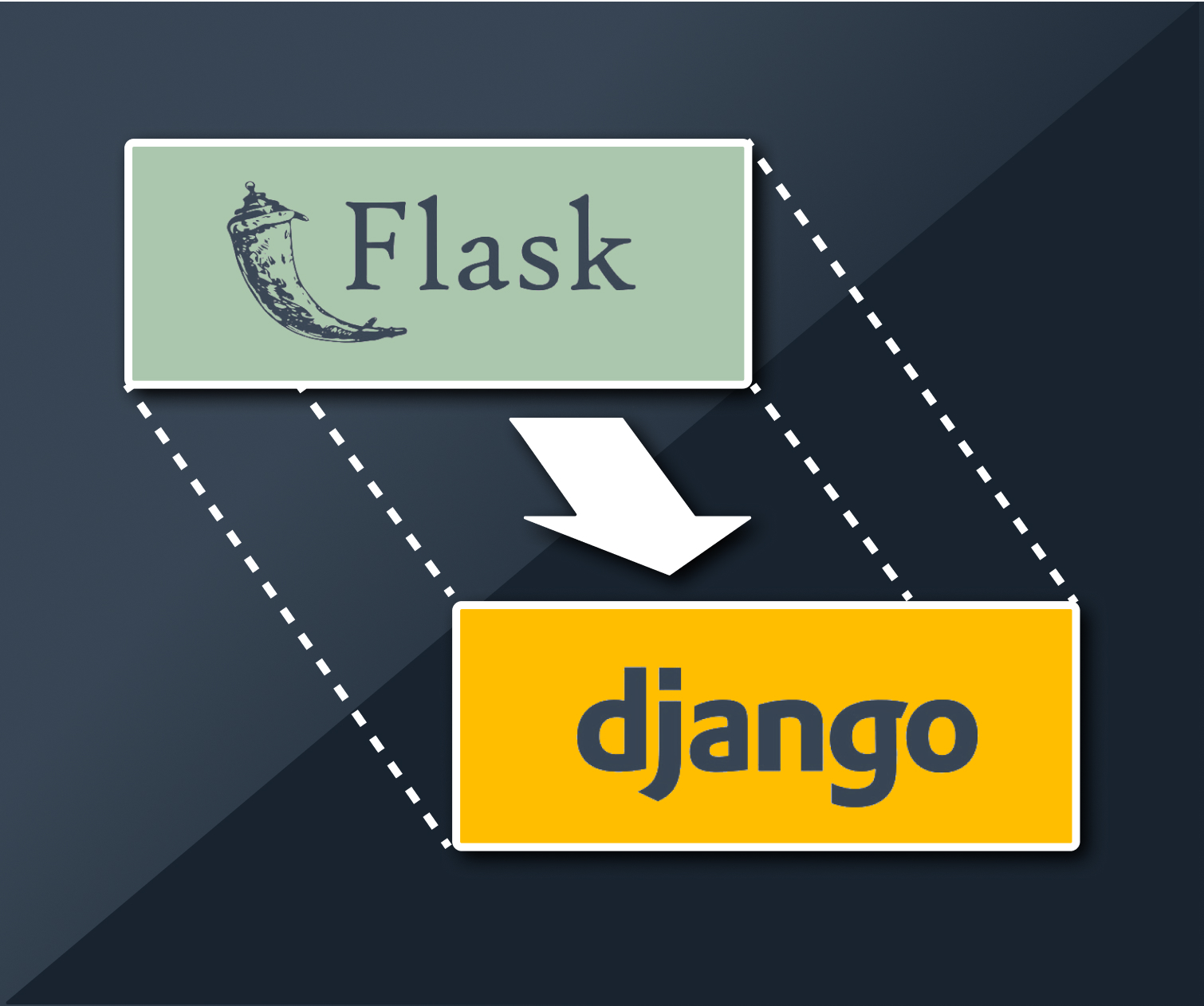
In the evolving landscape of software development, staying up-to-date with the latest technologies and best practices is not just an option; it’s a necessity. One significant question that many developers and organizations face is when and how to modernize older legacy applications, whose outdated code has become much more difficult to maintain and considerably less secure. The project that I’ve been working on recently has reached that point, and everyone agrees that the time has come to embark upon a full rewrite. The current application is a Python 2.7 Flask web app, and the plan is to convert it into a new Python 3 Django app.
But just how did we arrive and that decision, and what will that effort entail? We’ve done a good deal of research and analysis on the best way forward for this app, and I thought I would detail some of the high points on how we reached our conclusions and various items we considered in our deliberations. I’ll just say at the outset that we haven’t yet begun the bulk of this rewrite project. It’s possible I’ll be back with a future blog post about all of the reasons our plan didn’t work (or took us in different directions). But for now, consider this the “before” post, which illustrates our thinking about our current plan and the work we have in store for us.
Some might liken the journey from Flask to Django to moving from a cozy, well-loved home into a sprawling, modern mansion. It’s a bit daunting, and yet it’s filled with opportunities for growth and improvement. But how does someone begin such a project? The key to any successful migration like this lies in careful planning and a phased execution. We began by evaluating the current Flask application to understand and document its architecture, dependencies, and functionality. This initial audit then serves as the blueprint for constructing the new Django application.
End of Life for Python 2
The reasons for moving to Python 3 are fairly straightforward, and require little explanation as to the benefits. Python 2 reached its end of life on January 1, 2020. This means no more official security updates, bug fixes, or support. Applications still running on Python 2 are vulnerable to security threats and miss out on the performance improvements and new features of Python 3. This is the main reason why all stakeholders involved are onboard with the application rewrite.
Structure and Philosophy
Django’s project layout is opinionated, providing a scalable directory structure that includes apps, models, views, templates, and static files. Django has a particular emphasis on its Model-View-Template (MVT) pattern, which might differ from a typical Flask app’s structure. Migrating a Flask application to Django often requires rethinking how you organize modules and directories. Django’s concept of “apps” provides a good way to modularize and reuse your code, which in turn, can make your application more scalable and maintainable. So a high-level structural analysis of your existing app is in order, and seems a good place to start. It’s a good opportunity to reorganize the structure of your app into a more streamlined and intuitive design. With that in place, you should be able to go about “lifting-and-shifting” chunks of the old app into their new Django home.
Changes in Python 3
Python 3 introduced several syntax changes and improvements over Python 2. These include print functions, integer division behavior, Unicode handling, and the use of async and await for asynchronous programming. It makes sense to familiarize yourself with Python 3’s syntax and features, and even ensure your code is fully Python 3 compatible, before diving into the Django migration. Tools like 2to3 can automate some of this process, but manual adjustments will likely be necessary, especially for more complex applications. Beyond these syntax differences, the Django framework also introduces its own learning curve, with a comprehensive Object-Relational Mapping, class-based views, and its unique project structure.
Interacting with a SQL Database
One of Django’s strengths is its Object-Relational Mapping (ORM), which abstracts database operations into Python code. It provides a powerful, database-agnostic layer for handling database operations, making it easier to migrate, manage, and use data models. Django supports multiple databases out of the box and offers comprehensive documentation on configuring database connections. If your Flask application uses SQLAlchemy, you might find Django’s ORM conceptually similar but with different syntax and capabilities. You’ll need to redefine your Flask models as Django models, and can take advantage of Django’s migrations system to manage database changes. This system automatically generates schema changes as you modify your models, simplifying database management. These data migration tools can also help if your project requires migrating data from an existing database. This allows you to write custom migration scripts to transfer data, ensuring that your transition to Django does not result in data loss or corruption. Pay special attention to character encoding, as Python 3 uses Unicode strings by default. Tools like Django’s loaddata and dumpdata commands can also be invaluable for exporting data from your old database and importing it into your new Django database. This data migration step might also be the perfect time to evaluate the current database schema and make any necessary optimizations or changes as part of the move.
Tackling the App Migration
The question of “Where to begin?” with such a project can be overwhelming. Our intended approach is to start small: begin by setting up a basic Django project structure and gradually migrate functionality from Flask to Django, one module at a time. This piecemeal strategy allows us to iteratively test and refine our application, ensuring stability and performance at each step.
Throughout this process, we intend to embrace Django’s “batteries-included” philosophy. Ideally, we’ll be able to leverage Django’s extensive ecosystem of middleware, extensions, and third-party apps to add functionality without reinventing the wheel. Whether it’s user authentication, RESTful APIs, or the built in admin interface, Django likely has a variety of solutions that can easily integrate and add value to the new project.
Final Thoughts
Migrating from Flask (Python 2) to Django (Python 3) will, no doubt, be a significant undertaking, and will require careful planning, patience, and a willingness to learn. But we think it’s an investment worth making. By breaking down the migration process into manageable steps, leveraging Django’s robust features, and maintaining a focus on quality and testing, we hope to build a more scalable, efficient, and secure web app. In the end, the goal is not just to migrate, but also to enhance and future-proof the application. With Django’s comprehensive ecosystem and vibrant development community, we should be well-positioned to build out ever-more complex features and deliver a much more stable and capable application for our users.
Loved the article? Hated it? Didn’t even read it?
We’d love to hear from you.




